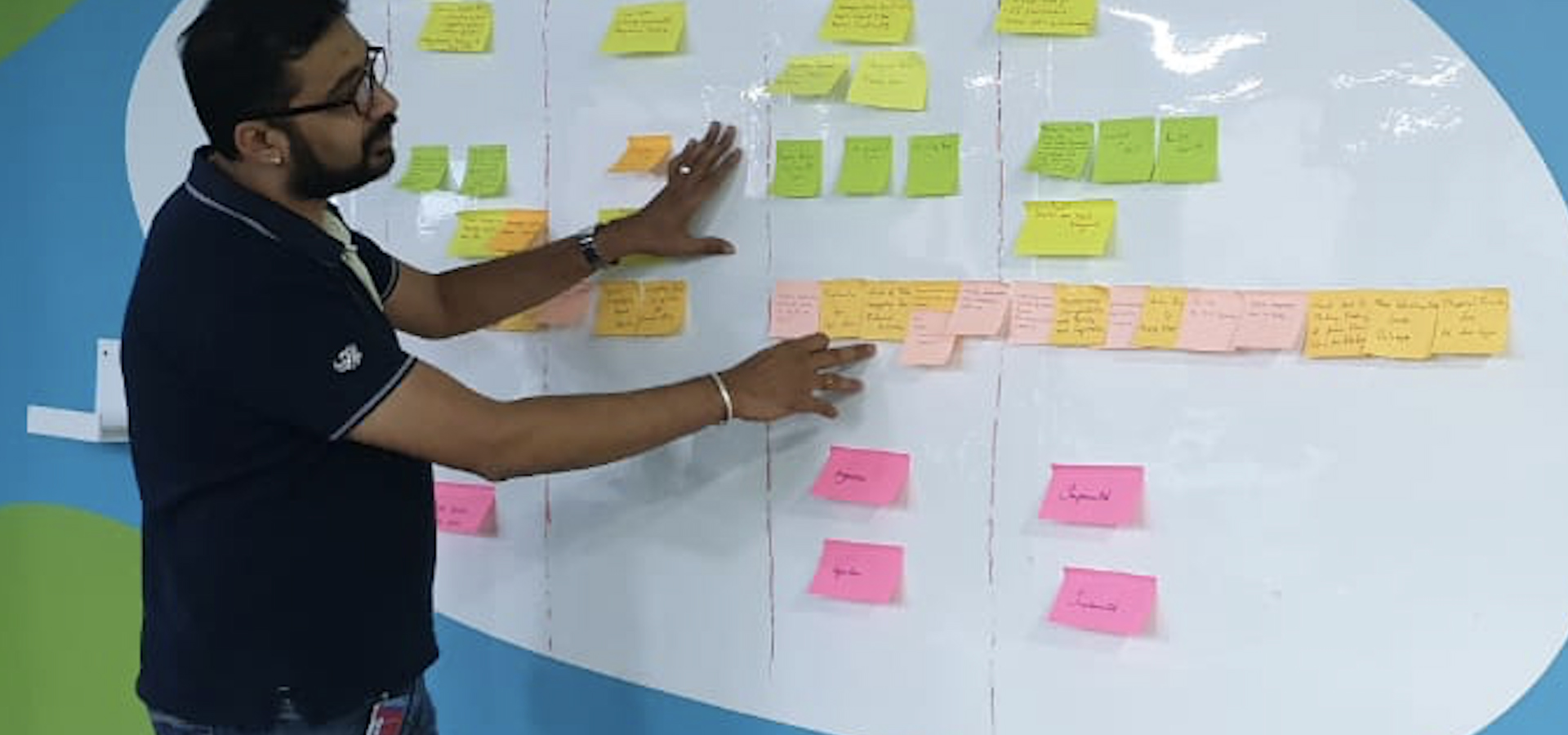
Internal Telecom Domain 5G Network
Background
Metadata is the additional information about the message that can be used in the processing of the messages without going deep into the message at the applications. The application use this metadata for the enrichment of the other messages, filtering the messages, in the correlation of the transactions. The data enriched using metadata can help in enhanced troubleshooting of the network scenario.
User: The "admin" user or any other user with admin privileges must be used to configure the metadata attributes configuration Usage of this feature: Used for the configuration
Problem statement
- Not able to correlative the message - Not able filter the attribute and cant check the correlation - Not able to find out correlation corresponding ID and remaining message with correlation ID
Discovery
Overview
Global Configuration: Metadata configuration is a global, one-time creation process managed by the admin
Purpose: It facilitates attribute correlation across various configurations
Admin Control: Only admins can create or update metadata configurations; no other user roles have access to this functionality
Impact of Updates: Any changes made by the admin to the metadata configuration will cascade and affect all connected configurations.
Integration with Data Feeds
- Users can select metadata while creating a data feed by checking the relevant checkbox.Metadata Configuration Steps
1. Choose Available Metadata Attributes - Select attributes required for the configuration 2. Attribute Types - Direct Attributes: Includes all attributes except previous_hop% T Indirect Attributes: Only previous_hope 3. Handling previous_hope - If previous_hop is selected - Admin must choose applicable rules - Admin can adjust the priority of these rules - Rules: There are 4 rule types with adjustable priorities 4. Apply Configuration - Once all selections and settings are finalized, click "Apply" to complete the Metadata Enrichment Configuration.Key Notes
- The configuration process ensures that metadata attributes can be used seamlessly in other connected setups - Direct and indirect attributes determine the flexibility and rules associated with metadata applications - Updates to metadata configuration require careful consideration due to their widespread impact.User Goal
As a Data Director Operator, I need to enhance the messages with additional metadata for which is received from data source, so that the data director and 3rd party applications should be able to process the messages with additional information further with minimum effort, higher discoverability and consistency
As a 3rd party consumer, I need to receive the filtered data with complete details without extra efforts for debug, so that I can use this data with minimum effort further debug process.
User: 3rd party consumer Goal: Receive the complete details without extra effort Motivation: I can use this data for my further process
As a DD 3rd party consumer, I need to add advanced filtering to the particular transactions without extra compute resource & time consume, so that I can get the filtered transaction with additional details in my message with less compute and less time consume.
User: 3rd party consumer Goal: Add advance filter for my particular transactions Motivation: I will get include additional details in data with in lesser time
Shape of Data
Q: How much time users spend on the process without going deep enrichment of messages ? Min: 10 milisecond Max: 20 milisecond Typical: 15 milisecond
Q: How many user enable metadata configuration ? Typical: 70%
As is Script (Current Application)
Conducting a thorough walkthrough of the current application involves closely examining its user interface, navigation flow, and overall functionality to identify pain points that hinder user satisfaction. This includes assessing the intuitiveness of workflows, responsiveness across devices, and alignment with accessibility standards. Key areas to focus on are confusing layouts, unclear call-to-actions, performance bottlenecks, or lack of key features that users expect. Gathering user feedback, monitoring analytics, and performing usability testing can provide valuable insights into these friction points, forming a strong foundation for iterative design improvements.
Future Script
Adopting a design-based UX process for the application ensures a user-centered approach that prioritizes functionality, aesthetics, and accessibility, resulting in a seamless and engaging experience. This process begins with comprehensive research, including user personas, journey mapping, and usability testing, to identify and understand pain points. By leveraging iterative design, wireframing, and prototyping, we can resolve issues such as confusing navigation, inconsistent layouts, and accessibility gaps while incorporating user feedback at every stage. This not only improves usability and satisfaction but also enhances the application's scalability, fosters brand loyalty, and aligns the design with both user expectations and business goals.

